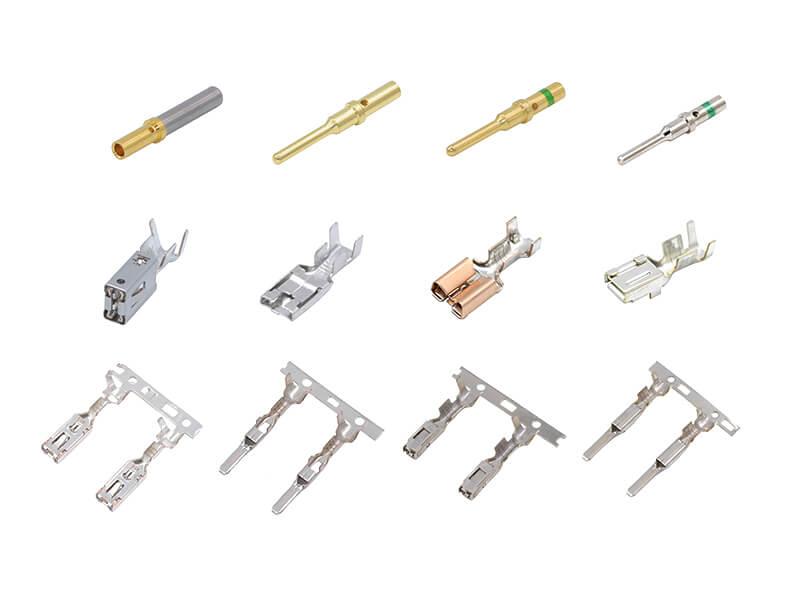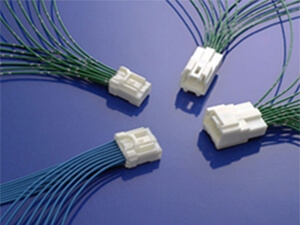When you open a car’s hood, you’ll see dozens of wires and plugs connecting sensors, lights, and control units. These small parts — called automotive electrical connectors — play a big role in keeping your vehicle running smoothly and safely.
What Are Automotive Electrical Connectors?
Automotive electrical connectors are components used to join electrical circuits in vehicles. They ensure a secure and reliable electrical connection between different systems, such as the engine, lighting, and infotainment.
They’re designed to resist vibration, heat, and moisture, which are common in automotive environments.

Main Types of Automotive Connectors
Wire-to-Wire Connectors – Used to connect two or more wires together.
Example: Tail light wiring.
Wire-to-Board Connectors – Used to link a wire harness to a circuit board.
Example: ECU (Engine Control Unit) connections.
Terminal Connectors – Provide electrical contact points for wires or devices.
Example: Battery or grounding terminals.
Waterproof Connectors – Feature sealing rings to prevent water and dust.
Example: Outdoor or engine bay connections.
How to Choose the Right Connector
When selecting a connector, consider these key factors:
Current and Voltage Rating: Make sure the connector can handle the power level.
Environment: Choose waterproof or heat-resistant types for harsh areas.
Size and Shape: Check that the connector fits properly in your design.
Locking Mechanism: Ensures a secure fit even under vibration.
A well-chosen connector improves reliability and reduces maintenance costs.
Tips for Beginners
Always match male and female connectors from the same series.
Use crimping tools for secure wire connections.
Label or color-code your wires to avoid confusion during installation.
Test the circuit before final assembly.
Conclusion
Automotive electrical connectors may look small, but they are vital to a vehicle’s performance and safety. Understanding their types and uses helps beginners make better choices in design, repair, and maintenance.
If you want to learn more or explore a wide range of automotive connectors, visit our website:www.minmaxco.com





